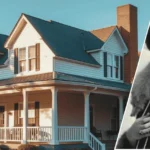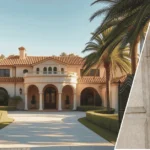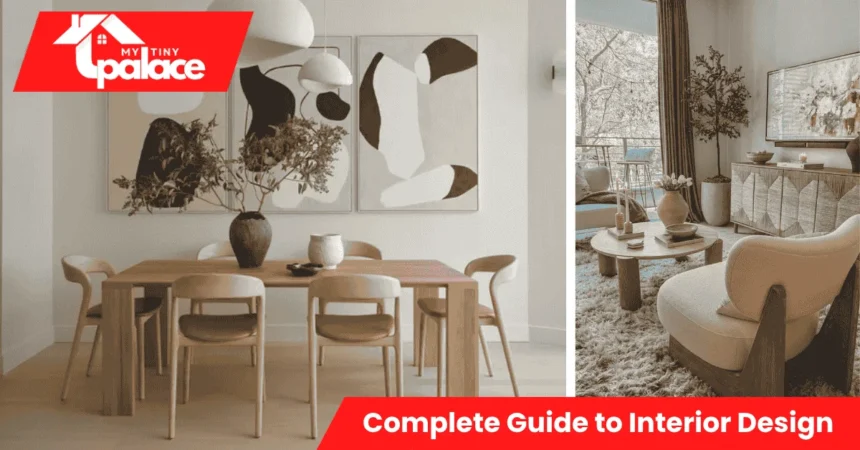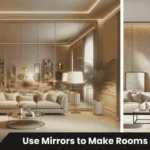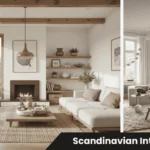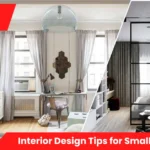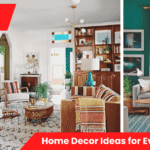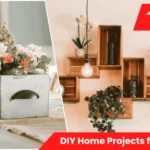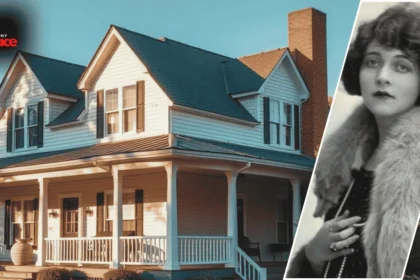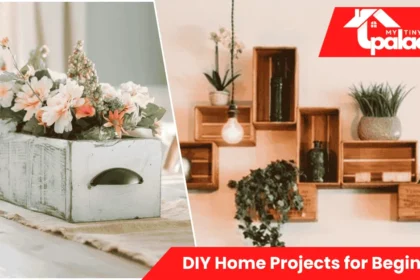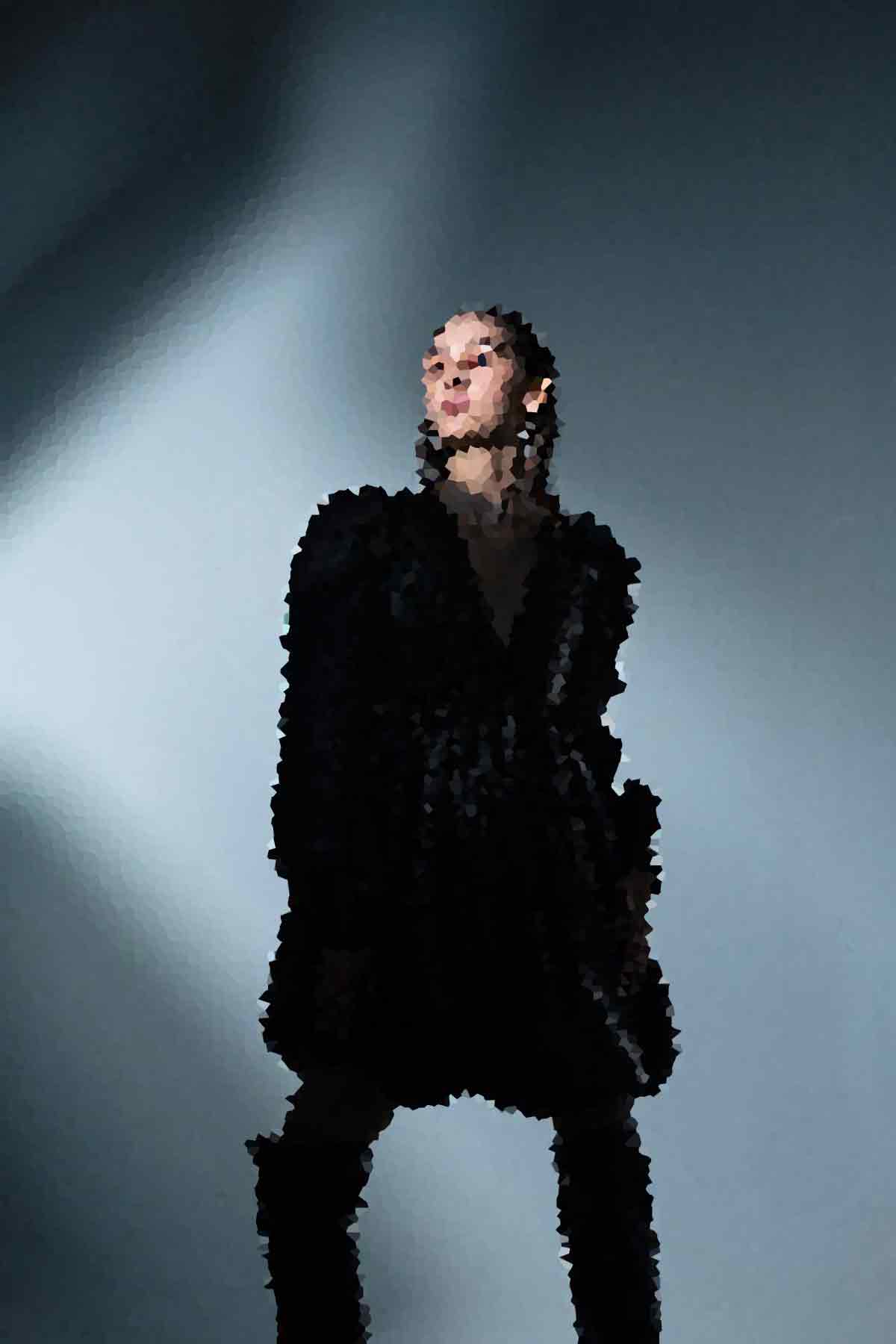Quick summary
Understanding interior design styles helps you create a home that feels intentional rather than random. This complete guide breaks down the most popular looks, shows you how to choose one that fits your space and budget, and explains how to mix styles without making mistakes. You’ll learn what to buy first and how to adapt any aesthetic for small spaces or rentals.
- Quick summary
- What is the Complete Guide to Interior Design Styles?
- Why interior design styles matter for your home — practical benefits
- Popular interior design styles (overview of core styles)
- How to choose the right style for your home — decision framework
- Adapting styles for small spaces & rentals
- Mixing styles successfully — simple rules, with examples
- Costs, time, and tools — realistic expectations (include a small table)
- Pros & cons / who should consider each style
- Quick summary + CTA (what to do next)
What is the Complete Guide to Interior Design Styles?
Interior design styles are established approaches to decorating that combine specific colors, materials, furniture shapes, and layouts into recognizable looks. Each style has signature elements that create a distinct mood and serve a specific function. Modern design emphasizes clean lines and minimal ornament. Farmhouse style features rustic wood and vintage accessories. Scandinavian interiors prioritize light colors and natural materials.
A complete guide to interior design styles does more than show pictures. It explains why certain elements work together, helps you identify which aesthetic matches your needs, and provides practical steps to achieve the look. This differs from image-only posts that inspire but don’t instruct.
This article organizes information to help you make decisions quickly. First, you’ll understand why styles matter beyond appearances. Then you’ll see profiles of major aesthetics with their defining features. Finally, you’ll get a simple framework for choosing and implementing your preferred look. The goal is to help you decorate with confidence rather than guessing what works.
Why interior design styles matter for your home — practical benefits
Choosing a design language creates visual consistency that makes rooms feel finished rather than cluttered. When furniture, colors, and textures relate to each other through a shared aesthetic, your eye moves smoothly through the space. This coherence makes homes more relaxing because your brain isn’t constantly processing visual chaos.
Styles also guide purchasing decisions. If you know you want mid-century modern, you’ll look for furniture with tapered legs and organic curves rather than ornate traditional pieces. This focus prevents expensive mistakes and reduces the overwhelm of infinite options. Your style becomes a filter that simplifies shopping.
Resale value improves when homes have a clear design direction. Buyers respond positively to spaces that look intentional and well-maintained. A cohesive style suggests the owner cared for the property. Even if buyers plan to redecorate, they’ll pay more for a home that currently looks pulled together.
Maintenance becomes easier when you work with your style’s natural materials and expectations. Minimalist spaces with few items require less dusting. Industrial looks embrace the patina of aged metal rather than fighting it. Choosing a style that matches your maintenance willingness prevents frustration.
For small apartments, the right style multiplies perceived space. Scandinavian and minimalist approaches use light colors and sparse furniture that make rooms feel larger. These aesthetics prioritize function over decoration, which matters when every square foot counts.
Popular interior design styles (overview of core styles)
Modern design uses clean lines, neutral palettes, and uncluttered spaces with function driving every choice. Start with a low-profile sofa in gray or beige. Contemporary style updates modern principles with current trends, mixing materials like glass and metal with softer textures. Buy a statement light fixture first to anchor the room.
Scandinavian interiors combine white walls, light wood, and cozy textiles to create bright, welcoming spaces that feel both minimal and warm. Your first purchase should be a simple wood dining table or coffee table. Minimalist style strips away everything non-essential, using monochrome palettes and geometric shapes. Begin with one perfect piece, like a quality platform bed.
Mid-century modern features organic curves, tapered legs, and warm wood tones from the 1950s and ’60s. Start with a classic lounge chair or credenza. Industrial style exposes brick, pipes, and metal, celebrating urban loft aesthetics with raw materials. Buy metal shelving or a pendant light with visible Edison bulbs first.
Boho style layers patterns, textures, and global influences into eclectic, colorful spaces that feel collected over time. Begin with a vibrant rug or macrame wall hanging. Farmhouse design uses rustic wood, vintage finds, and practical comfort to create lived-in country charm. Your first buy should be a reclaimed wood bench or open shelving.
Traditional style honors classic furniture forms with rich woods, formal arrangements, and ornate details that create elegance. Start with an upholstered armchair in a timeless fabric. Transitional design blends traditional warmth with contemporary simplicity, offering a safe middle ground that appeals broadly. Buy a neutral sofa with clean lines but comfortable proportions first.
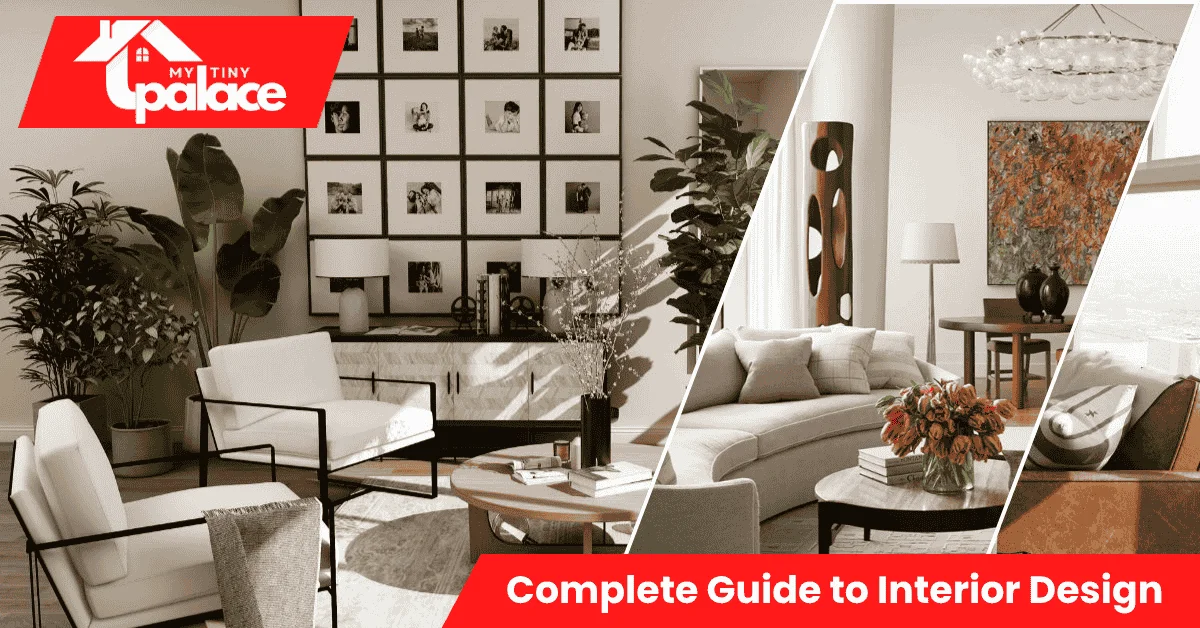
How to choose the right style for your home — decision framework
Start by assessing your home’s architecture and natural light. High ceilings and large windows suit styles that emphasize openness, like Scandinavian or modern. Small windows and cozy proportions work better with farmhouse or traditional looks that embrace enclosure. Work with your space’s inherent qualities rather than fighting them.
List your practical priorities in order. Do you need storage for kids’ toys? Choose styles with built-in organization, like Scandinavian or transitional. Want low maintenance? Industrial and minimalist styles forgive dust and wear. Tight budget? Boho and farmhouse styles incorporate thrift finds naturally. Be honest about what matters most in your daily life.
Create a simple mood board using free tools or just a folder on your phone. Save 10 to 15 images of rooms that appeal to you. Look for patterns in what you’ve chosen. Do most rooms feature white walls? You might lean Scandinavian. Lots of wood and texture? Probably farmhouse or mid-century. This visual exercise reveals your preferences more accurately than thinking abstractly about style names.
Test your chosen style in one room before committing throughout your home. Pick your bedroom or a small living area. Buy two or three key pieces that define the aesthetic—maybe a rug, lamp, and throw pillows. Live with these items for two weeks. If you still love them and they function well, expand the style to other spaces. If something feels off, adjust before you’ve invested heavily.
Adapting styles for small spaces & rentals
Removable wallpaper brings pattern and color without damaging walls or violating lease terms. Peel-and-stick options exist for every style, from geometric modern prints to botanical boho designs. This lets renters personalize spaces they don’t own.
Furniture slipcovers transform existing pieces to match new aesthetics without buying replacement sofas and chairs. A modern gray slipcover updates a traditional couch. Washable options mean you can change looks seasonally or when moving to a new rental.
Multi-purpose furniture solves storage and space problems simultaneously. A storage ottoman serves as seating, a footrest, and hidden storage. Nesting tables provide surface area when needed but tuck away to free floor space. These pieces work across styles when you choose neutral colors.
Scale down lighting and accessories rather than abandoning statement pieces entirely. A small pendant light creates an industrial style without overwhelming a tiny kitchen. One large piece of art makes more impact in a small room than several small frames. Choose fewer, slightly larger items that define your style clearly.
Command hooks and removable adhesive strips let renters hang art, mirrors, and shelving without drilling holes. Modern options hold surprising weight. This technology makes decorating rentals nearly as flexible as owned homes while keeping security deposits safe.
Mixing styles successfully — simple rules, with examples
Anchor your room with one dominant style that claims 60 to 70 percent of the visual weight. Let your secondary style accent rather than compete. A mid-century modern living room can include one industrial metal bookshelf without confusion, but adding industrial lighting, tables, and wall art creates visual chaos.
Repeat one or two colors or materials throughout mixed-style spaces. If you’re combining farmhouse and modern, use black metal hardware on both your modern cabinet pulls and farmhouse light fixtures. This repetition creates the thread that ties disparate elements together visually.
Balance scale and proportion when mixing. Pair a heavy farmhouse wood table with lighter modern chairs rather than additional chunky pieces. Match visual weight across styles so no single item dominates awkwardly. A delicate Scandinavian sofa needs equally light side tables, even if you pull them from a boho aesthetic.
Choose one focal piece that makes a clear style statement, then support it with more neutral items. A bold boho rug can anchor a room where everything else reads more minimalist. Or a dramatic mid-century credenza stands out against otherwise neutral contemporary furnishings. This approach lets you experiment with mixing without committing to every surface.
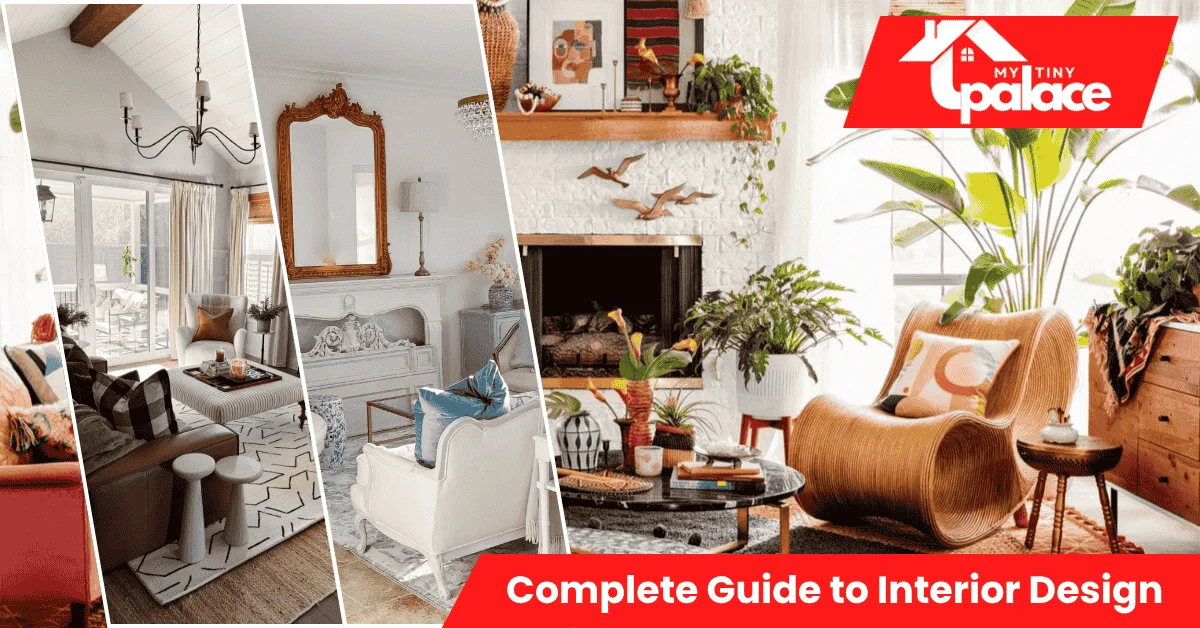
Costs, time, and tools — realistic expectations (include a small table)
Budget-level style updates focus on textiles, paint, and small accessories. Expect to spend $200 to $500 for a noticeable room refresh. This includes new throw pillows, curtains, a small rug, and possibly paint for an accent wall. Time investment runs two to four hours for shopping and placement. Your first buy should be the largest item in your budget—probably the rug or curtains—since these anchor the space.
Mid-range transformations add furniture pieces and larger decor items. Budget $800 to $2,000 for significant changes, including a statement furniture piece, lighting upgrade, and multiple accessories. Plan on one to two weekends for shopping, delivery waiting, and arrangement. Start with the furniture piece that gets the most use—probably a sofa, bed frame, or dining table—since quality here affects daily comfort.
Premium redesigns involve multiple furniture pieces, custom elements, or professional help. Costs run $3,000 to $8,000 or more per room, depending on size and scope. Timeline extends to four to eight weeks, accounting for ordering, delivery, and possible custom work. Begin with architectural elements like built-in shelving or statement lighting that permanently enhance the space.
Quick cost/time table
| Budget Level | Typical Items | Cost Range | Time Estimate | First Buy |
|---|---|---|---|---|
| Budget Refresh | Textiles, paint, small decor | $200 – $500 | 2 – 4 hours | Area rug or curtains |
| Mid-Range Update | One furniture piece, lighting, and accessories | $800 – $2,000 | 1 – 2 weekends | Primary furniture (sofa/bed/table) |
| Premium Redesign | Multiple furniture, custom elements, pro help | $3,000 – $8,000+ | 4 – 8 weeks | Architectural feature or statement lighting |
Hire professionals for electrical work beyond changing bulbs or installing plug-in fixtures. For electrical or plumbing changes, consult a licensed professional. Interior designers charge $50 to $200 per hour but save money by preventing costly mistakes on large projects. Consider professional help for whole-house redesigns or when structural changes are involved.
Pros & cons / who should consider each style
Modern and contemporary styles offer timeless appeal and easy maintenance through their minimal ornament and durable materials. They suit busy professionals who want sophistication without fuss. However, these aesthetics can feel cold if you crave coziness and personal collections.
Scandinavian and minimalist approaches maximize small spaces and create calm environments that reduce visual stress. They work beautifully for apartment dwellers and anyone overwhelmed by clutter. The downside is potential starkness—some people find extreme minimalism uncomfortable or unwelcoming for long periods.
Mid-century modern and industrial styles bring personality through distinctive furniture forms and raw materials that age well. Collectors and vintage enthusiasts thrive with these looks. They require hunting for authentic pieces or accepting higher costs for quality reproductions, which doesn’t suit everyone’s patience or budget.
Boho and farmhouse aesthetics welcome imperfection and encourage layering personal finds over time. These styles suit creative types who enjoy thrifting and DIY projects. The challenge is maintaining cohesion—too much eclecticism becomes cluttered rather than curated.
Traditional and transitional designs offer broad appeal and proven longevity that protects resale value. They work for families wanting classic comfort and homeowners planning to stay long-term. The risk is feeling dated if trends shift dramatically, though true traditional pieces transcend temporary fashion.
Quick summary + CTA (what to do next)
This complete guide to interior design styles showed you major aesthetics, how to choose one, and practical steps for implementation. Remember that your style should serve your life—not constrain it. Start with one room using the three-step framework: assess your space, list priorities, and test with key pieces.
Make a one-room mood board this weekend. Save 10 images that appeal to you and identify the common style elements. Pick one anchor piece—a rug, sofa, or statement light—that defines your chosen aesthetic. Buy or thrift that item, place it, and build your room from there. Small changes create momentum that makes larger transformations feel achievable rather than overwhelming.

